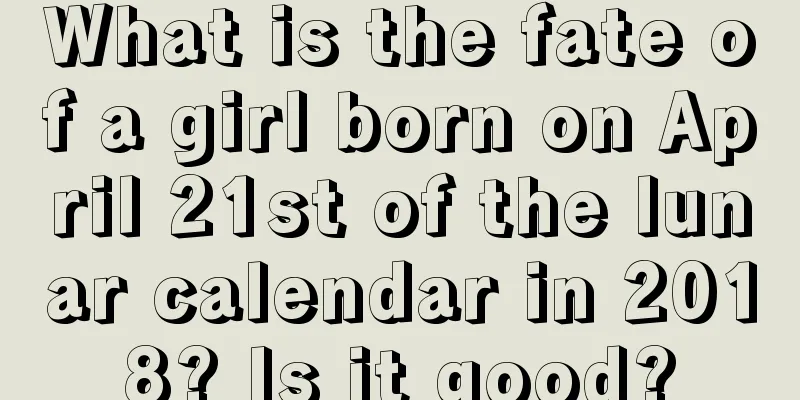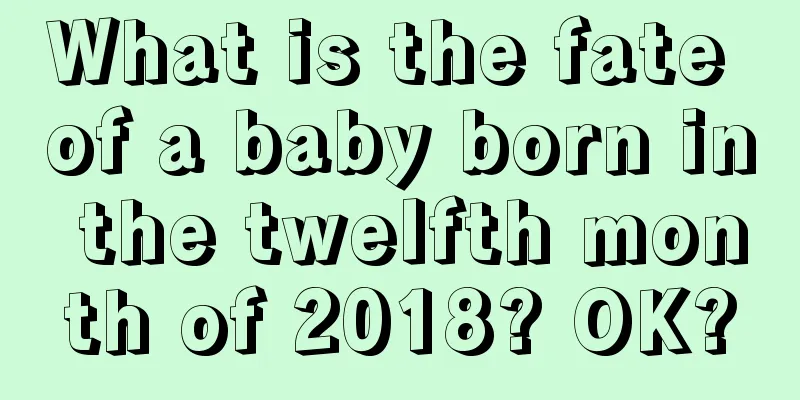Which solar term is the Great Cold? Which is the coldest, Dahan or Xiaohan?

The Great Cold solar term usually occurs from late November to early December in the lunar calendar. Want to know more details about the Great Cold solar term? The twelfth month of the lunar calendar is also known as Tu Yue and Jiaping Yue. If you want to know more about the twelfth month of the lunar calendar, then follow the editor to Shui Mo Xiansheng website to check it out!Which solar term is the Great Cold?The Great Cold is the sixth solar term in winter and the last of the twenty-four solar terms.During the Great Cold solar term, the Big Dipper points to Chou and the sun's ecliptic longitude reaches 300°. It falls on January 20-21 of the Gregorian calendar every year. Dahan, like Xiaohan, is also a solar term that indicates the degree of coldness of the weather. Dahan means that the weather is extremely cold. The Great Cold comes at the end of the year, winter goes and spring comes. After the Great Cold, a new cycle begins. In some places in our country, there are many important folk customs during the period from Great Cold to Beginning of Spring, such as getting rid of the old and bringing in the new, making cured meat, and offering sacrifices to the Kitchen God and the year-end tooth festival. The Tail-Gear Festival, also known as "doing teeth" or "doing teeth sacrifice", has the custom of the whole family sitting together to "eat the Tail-Gear Festival" after the tooth sacrifice. Which is the coldest, Dahan or Xiaohan?From the perspective of solar terms, Dahan is the coldest solar term, but due to the large span of longitude and latitude in my country, there is no less cold solar term during Dahan in the northern region, while Dahan is the coldest solar term in most parts of the south.After the winter solstice, the point of direct sunlight will gradually move northward, but in the following period, the point of direct sunlight will always be in the southern hemisphere. The heat in the northern hemisphere is always in a state of dissipation, and the heat absorbed during the day is still less than the heat released at night. Therefore, after the winter solstice, the temperature in the northern hemisphere continues to drop, reaching the lowest during the Great Cold, which is the coldest solar term of the year. Due to my country's vast territory and large north-south span, there are great differences in climate between the north and south. According to my country's long-term meteorological records, in the northern region there is no less cold weather during the Great Cold solar term; but for most areas in the south, it is the coldest during the "49th day", so the Great Cold solar term is colder than the Lesser Cold solar term. Lesser Cold and Greater Cold are the periods with the least rainfall in a year. During the Greater Cold period every year, the rainfall in South my country, which has abundant rainfall, is only 5 to 10 mm. During the Great Cold period, the atmospheric circulation is relatively stable, and the circulation adjustment cycle is about 20 days. When this circulation adjusts, large-scale rain, snow, strong winds and cooling temperatures often occur. When there is a long wave ridge west of 80 degrees east longitude and a large coastal trough in East Asia, my country will experience sustained low temperatures due to the control of northwesterly airflow and the continuous replenishment of cold air. Like Lesser Cold, Greater Cold is also a solar term that indicates the degree of coldness of the weather. According to my country's annual climate data statistics, the coldest period of the year in northern my country is mid-January of the Gregorian calendar (10th to 20th). The Minor Cold solar term starts from January 5th to 7th every year, and one solar term lasts for about 15 days, with the middle of the month falling exactly within the Minor Cold solar term; therefore, for most areas in the north, the Minor Cold is indeed colder than the Major Cold. But for most areas in the south, the coldest time is during the Great Cold solar term; the Great Cold solar term in the south generally starts on January 20, and late January is the coldest time of the year in the south. Do you want to know your own Bazi? Want to figure out where your golden marriage is? Click on the [Premium Calculation] below to calculate your horoscope and fortune! |
Recommend
Is it auspicious to hold a funeral on September 25, 2019, the day before Frost Descent? What season is Frost Descent?
Introduction: Funerals must be arranged on an ausp...
Is July 18th of the lunar calendar 2020 an auspicious day for moving?
Is July 18th of the lunar calendar 2020 an auspic...
Analysis of the fate of a boy born on August 26, 2018
A person's fate at birth, his or her personali...
Is the Spring Festival the same day as New Year’s Eve? What are the taboos during the Chinese New Year?
Introduction: The Spring Festival is a very import...
Is it suitable to pick up the car on April 21st of the lunar calendar in 2020?
Is it suitable to pick up the car on April 21st o...
Is it appropriate to get the marriage certificate on April 13th of the leap lunar calendar in 2020?
Is it appropriate to get the marriage certificate...
Lunar calendar 2019 July 12 hours auspicious and inauspicious query
A day is divided into twelve hours, and each hour...
What are the auspicious and inauspicious things for the 15th day of the eighth lunar month in 2020? Are there any taboos?
The eighth month of the lunar calendar is halfway...
Is March 13th of the lunar calendar 2018 a good date? Can the funeral be held?
Introduction: What is the day like in the third mo...
Is the second day of the tenth lunar month in 2018 a good date in the lunar calendar? Is this day an auspicious day?
Introduction: In our country’s tradition, auspicio...
What is the fate of people born in the Beginning of Summer in 2020, the year of the Rat?
Although there is the Beginning of Summer solar te...
Can I sign the contract on September 30th of the lunar calendar in 2018?
Can I sign the contract on September 30th of the l...
What zodiac sign does a baby born on August 15, 2018 belong to?
August 15th is the Mid-Autumn Festival every year,...
Are people whose birthdays are on Laba Festival in 2020 Capricorns? Analysis of Capricorn personality traits!
Introduction: Not only are new lives born every da...
Is it a good idea to get married during the Lesser Heat of 2018? What are the characteristics of Lesser Heat?
Marriage is a milestone in life, representing that...









